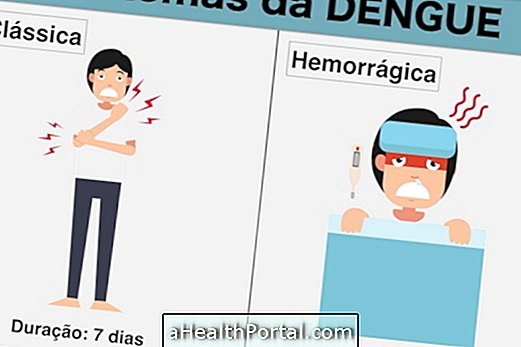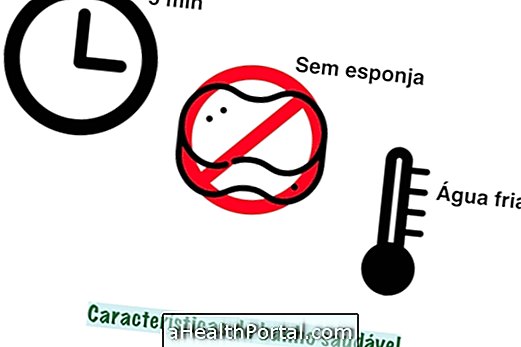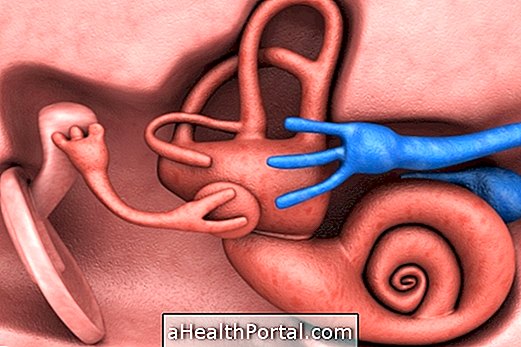Septicemia is a serious infection of the blood that happens when a bacterial infection in another part of the body, like lungs or skin, is able to spread through the bloodstream, arriving at several places of the body.
Although they are similar, septicemia is not the same as sepsis, since sepsis is an even more serious complication in which there is inflammation of the whole organism, which increases the risk of clot formation.
Because it is a serious infection, when the first symptoms of septicemia arise, such as constant fever and very rapid breathing, it is advised to go to the hospital immediately to start the appropriate treatment and avoid putting your life at risk.

What can cause sepsis
Septicemia can occur in anyone who has a localized infection that is not treated, such as a urinary tract infection or pneumonia. However, it is more frequent in newborns, being known as neonatal sepsis, or in the elderly, due to the weakened immune system.
In addition, people with burns or severe wounds, who use a bladder catheter or have a weakened immune system also have a higher risk of developing sepsis.
Main symptoms
Symptoms of septicemia arise very quickly and are more common after surgery or when there is another infection in the body. Some of the early symptoms include:
- Constant fever above 38ºC;
- Chills;
- Very fast breathing;
- Accelerated heart rate.
When septicemia is not treated initially, other more serious symptoms may appear as;
- Nausea and vomiting;
- Confusion and difficulty in thinking;
- Red skin chicks;
- Decrease in the amount of urine.
As soon as these symptoms appear, it is advisable to go to the hospital immediately to confirm if it is a case of septicemia and avoid staying at home evaluating if the symptoms improve over time.
The earlier treatment is started, the greater the chances of avoiding serious complications such as sepsis and internal organ failure.
Learn about the tests that help confirm the diagnosis of septicemia.
How is the treatment done?
Treatment of septicemia should be done in hospital admission to receive oxygen and make antibiotics directly into the vein that help fight the bacteria that are causing the generalized infection.
Usually septicemia treatment lasts up to 10 days but, depending on the severity of the situation, the patient may need to be treated with other blood pressure medications, for example, requiring hospitalization for longer.


















-o-que--quando-fazer-e-como-funciona.jpg)



